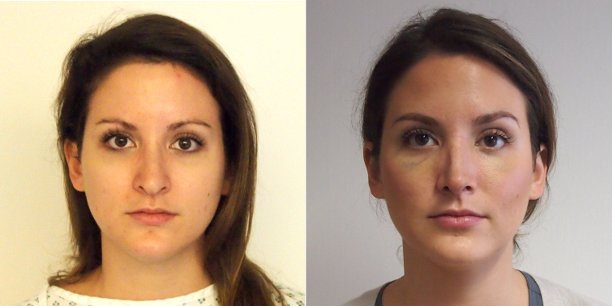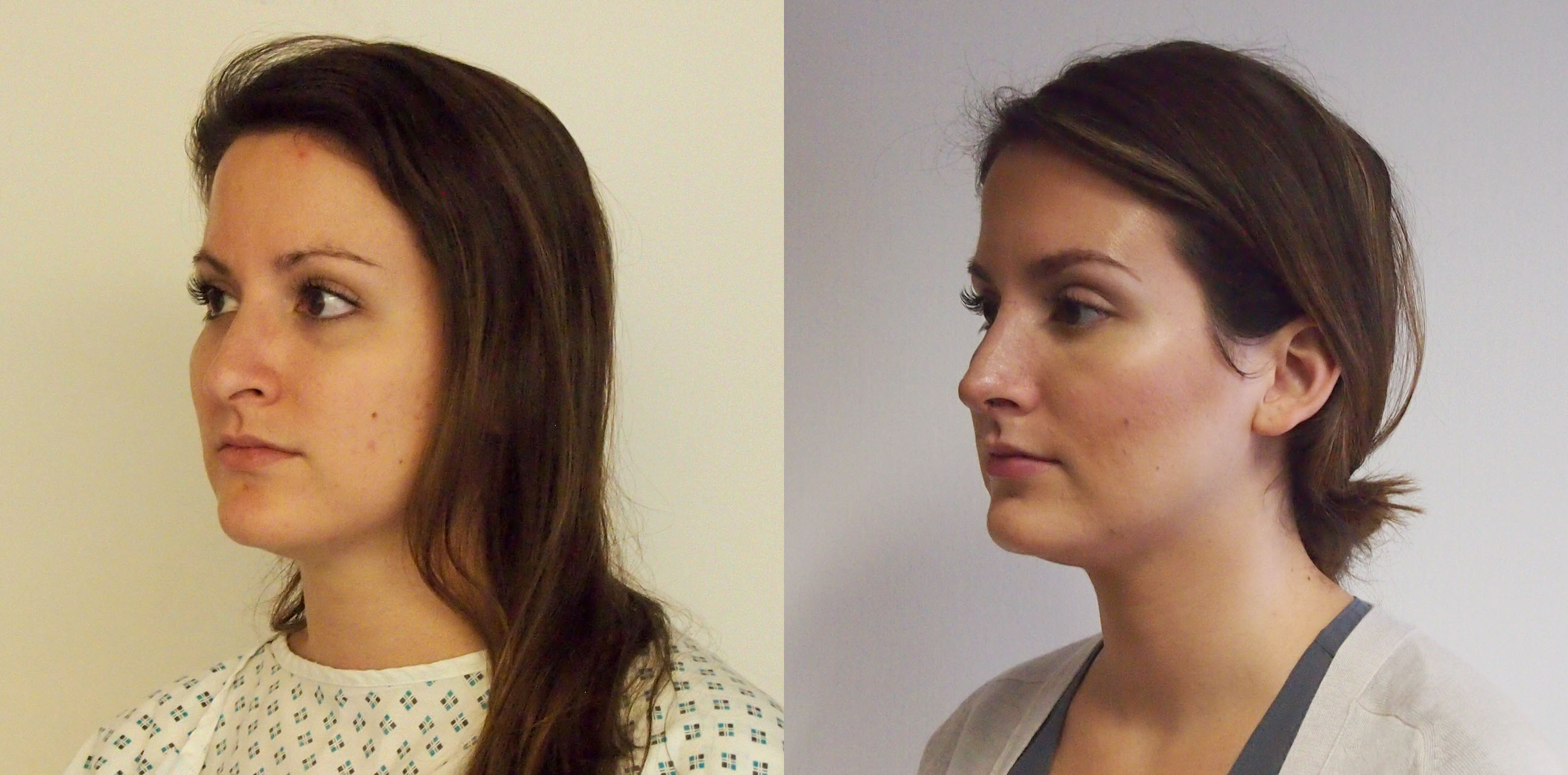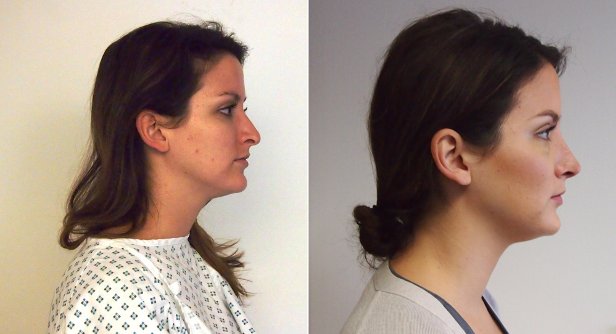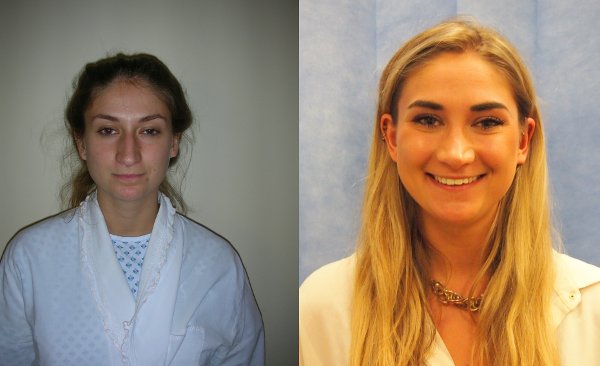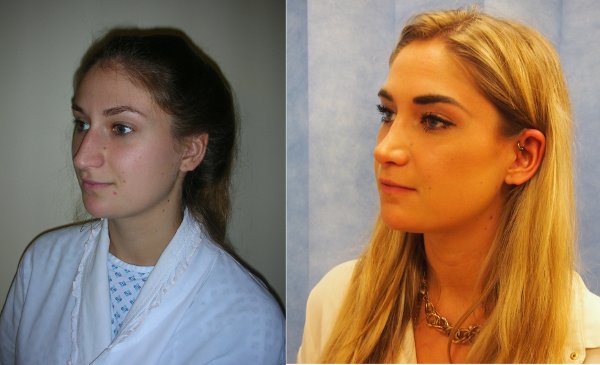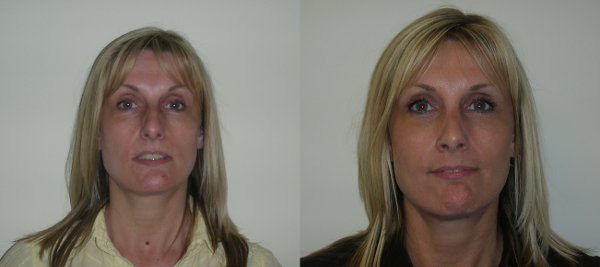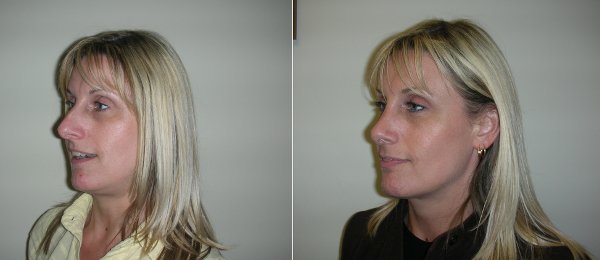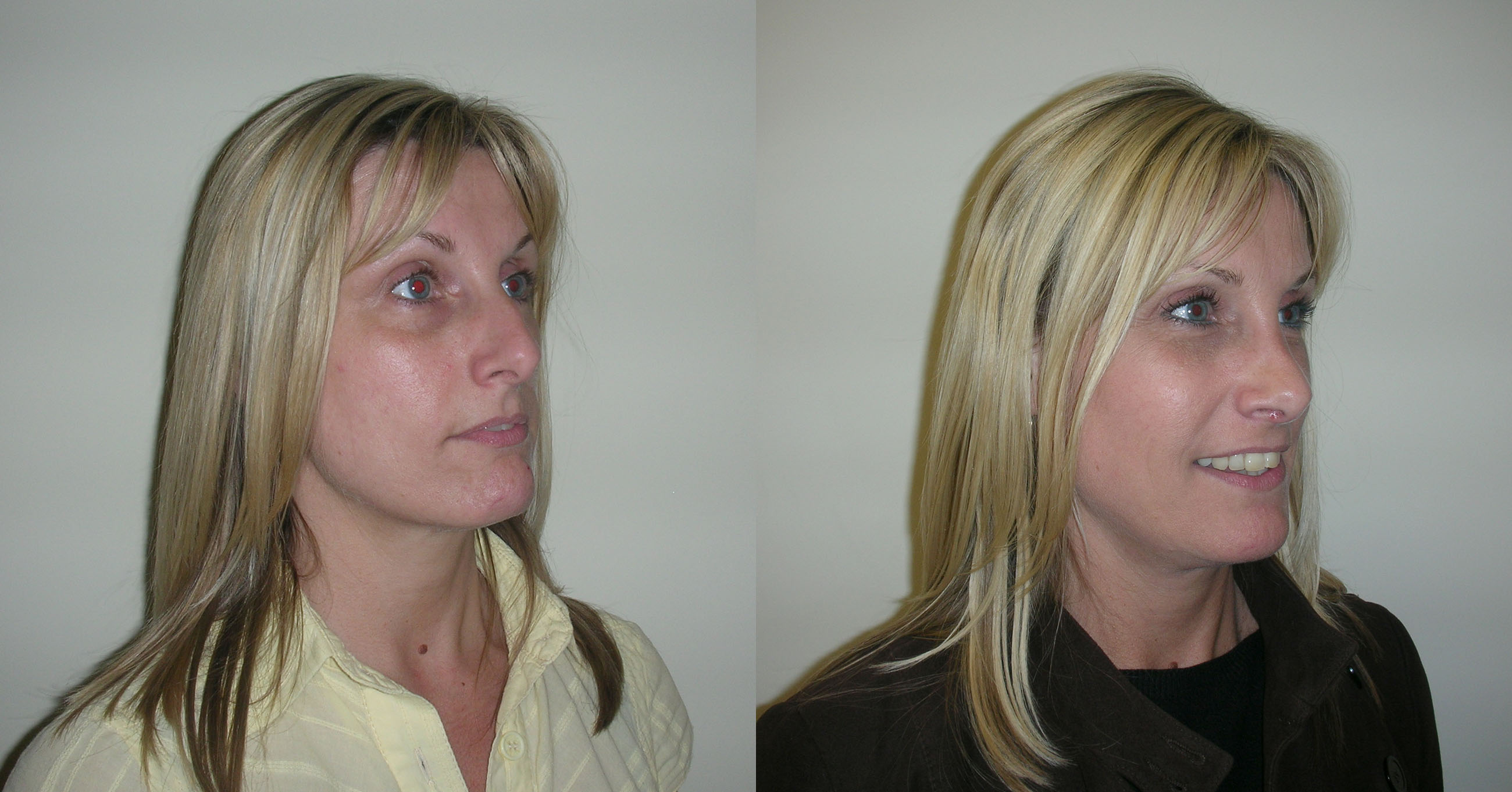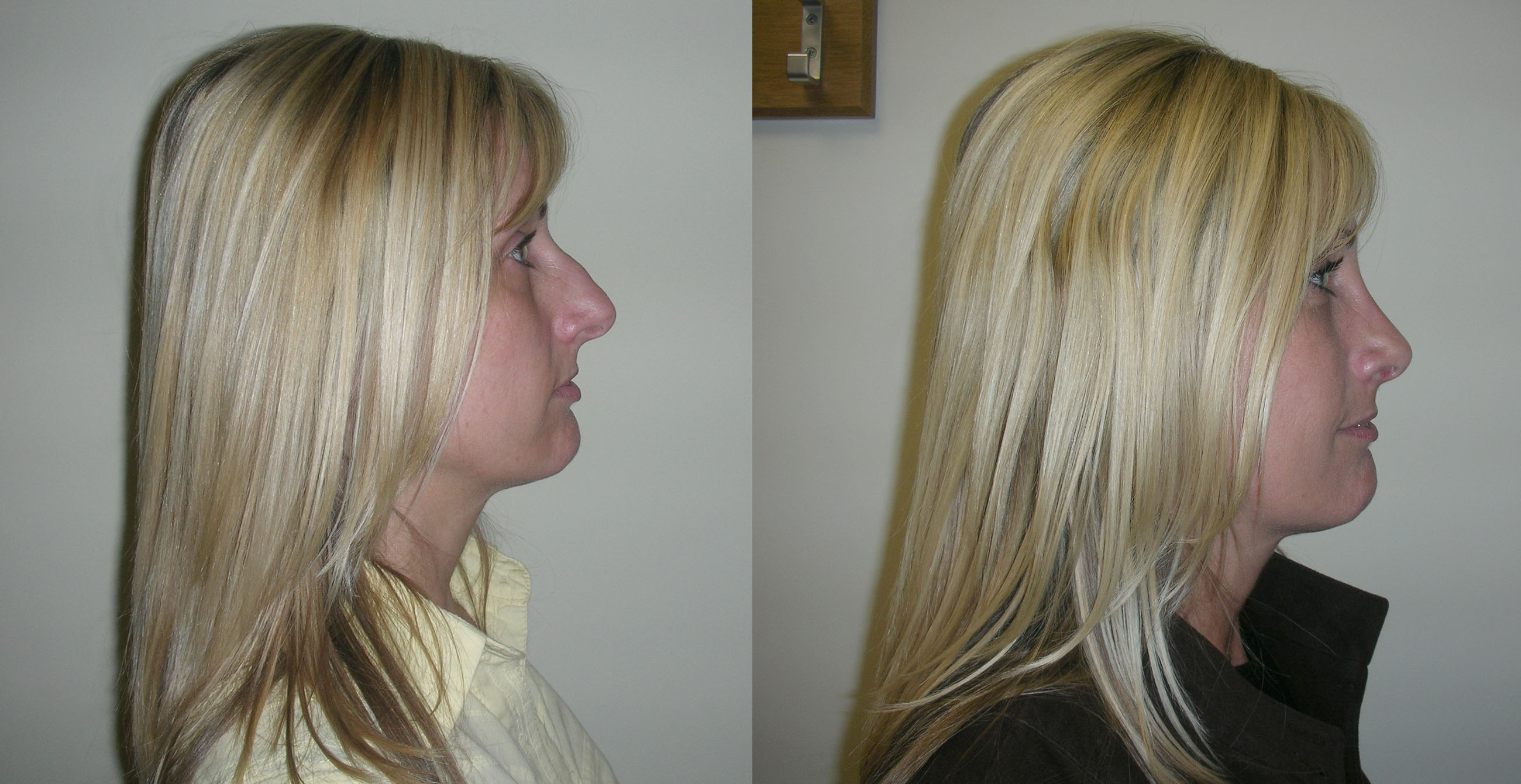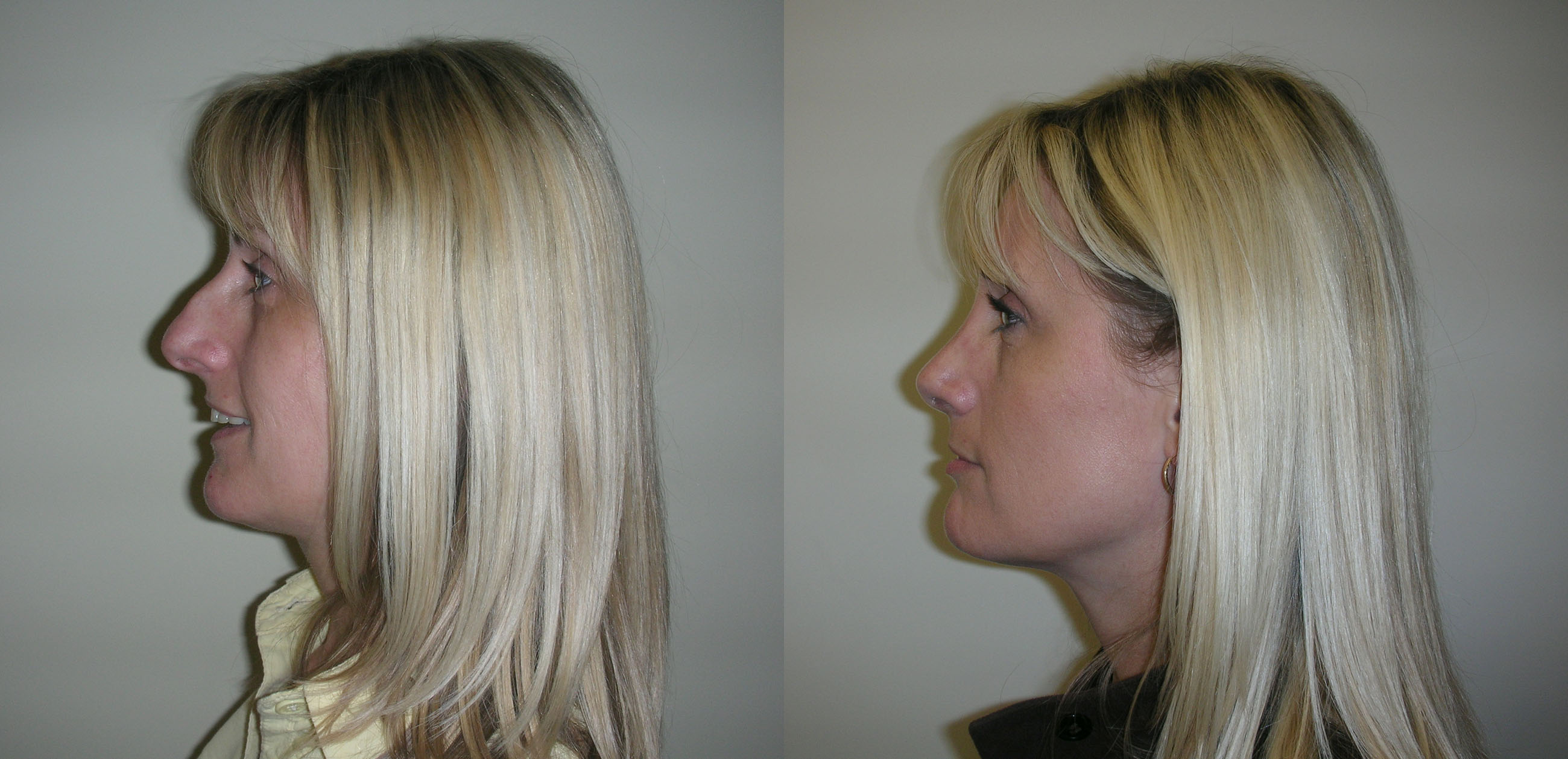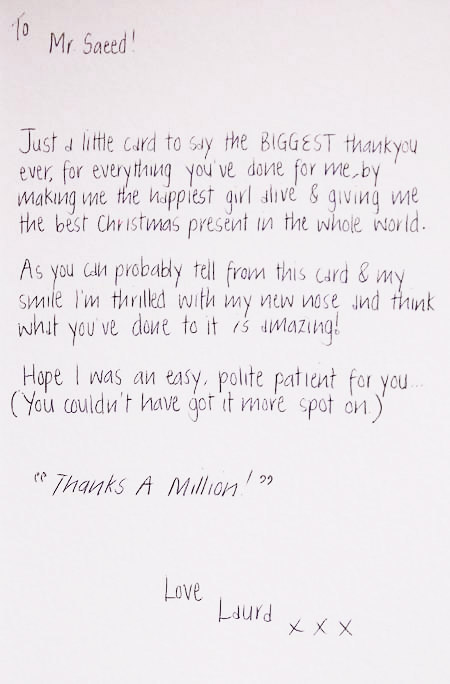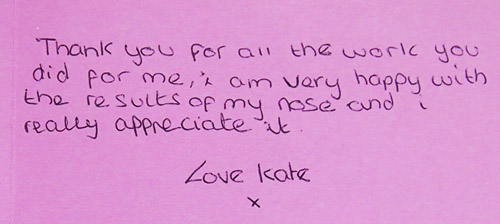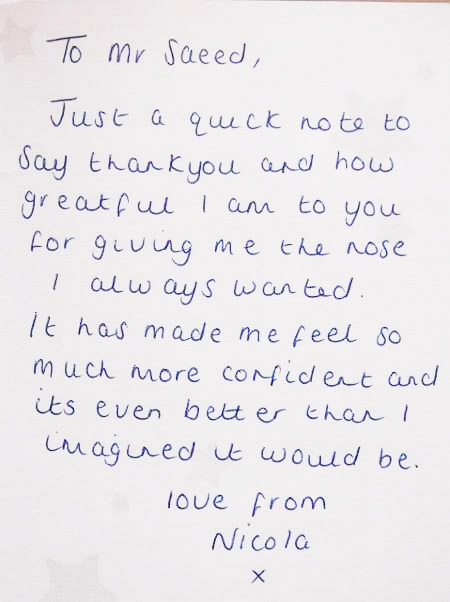Risks and limits of surgery
Can my nostrils be reduced?
For some patients the width of the nose includes width of the nostrils. This can be reduced but does leave fine external scars. There are various methods to achieve this and this will be discussed with you at consultation.
I am worried that my nose will look unnatural
Many patients are concerned that if they have a rhinoplasty their nose may resemble some of the images that one sees in the media of a highly unnatural and operated appearance to the nose. Some of these include a nasal tip that is lifted too high giving a “piggy” appearance, a nose that is severely pinched at the tip and severe deformities with loss of shape and structure.
The aim of rhinoplasty should be a refined and natural-looking nose. Achieving this requires a thorough analysis of all the structures of your nose at consultation and having a good surgical plan in place at the time of your operation.
Do you carry out nose shaping for men?
I have carried out many rhinoplasties on men for a range of reasons. The commonest is injuries relating to sporting activities of which the commonest is football. Other groups include patients who require refinement of their nasal shape.
If you are undergoing a rhinoplasty to correct or rebuild your nose following sporting injuries I advise you to time this when you are no longer active in that sport as clearly further injuries would undo the work that has been carried out.
How can I prepare for my surgery?
Always disclose everything when asked about your medical history including anything you take whether prescribed or not.
Do not take any medications that might increase the risk of bleeding, for example non-steroidal painkillers (eg. Ibuprofen). Some herbal and vitamin supplements may also have an effect and should be avoided completely, a balance d diet will more than suffice.
If you smoke you must stop before your procedure – the longer the better.
Aftercare
Rhinoplasty is an operation that aims to improve the appearance of the nose and adjust its proportions so that it enhances overall facial appearance.
Nasal surgery is also used to improve impaired breathing which can be caused by a number of structural abnormalities in the nose.
Each person’s nose is unique in form and patients come to see me for a variety of problems with their nose. Some of the common problems are a wide nose particularly at the tip, a tip that hangs and makes the nose look long, a nose that sticks out too much, a bump on the nose and particularly after injury a bent or collapsed nose.
Many of my patients have had previous unsuccessful surgery and come to see me for correction of problems relating to this.
The most common type of nose operation is a reduction rhinoplasty in which the bridge of the nose may be smoothed, the features of the nose refined so that the proportions match the face.
Rhinoplasty is a specialised process which requires a thorough assessment of your problems and a good understanding of the nasal anatomy as well as the experience and skills to shape the nasal structures. The principle is to make changes to the bones and cartilages of the nose. Following this the skin will adapt to the new underlying structures in its new shape.
At consultation, it is important that you have a good idea of your aims for surgery. I will then carry out a detailed analysis of your face and nose and discuss what I find with you and relate this to your aims. We will then work out what can be done and the limits to the process. From this we can establish a surgical plan for you.
It is very important in this process that I have a clear understanding of what you are seeking and that you have a clear understanding of what can be achieved by the end of the consultation as this usually will result in the best outcome for you. If it helps you I am very happy for you to bring images of the type of noses you like, understanding however that the shape that can be achieved for your nose will depend on your own personal anatomy. Similarly it is useful for you to bring a trusted friend or family member who can help you with your decision making.
In general a standard rhinoplasty will not make you “look like a different person” although patients often worry that they might lose some of their character. In fact the best rhinoplasties aim to refine the shape of the nose in a way that looks very natural.
Sometimes however major changes are desired, particularly after injury and these can be carried out as required.
Nasal surgery requires experience, technical skill and a degree of artistry. Small amounts of tissue removed or added can make a large difference to the appearance and shape of the nose. There is no standard nose procedure although certain steps are part of most nose operations. What changes from patient to patient is the extent of each step.
In a typical rhinoplasty to reduce and refine the nose the incisions can all be hidden inside the nose. This is an approach that I use when there is limited work to do to the tip of the nose.
If a patient has a bulky, droopy or distorted tip then I intend to use an open approach. This means that as well as the internal incisions there is a small incision in the columella (the tissue that separates the two nostrils underneath your nose). This allows me to clearly see and adjust the tip directly.
The standard rhinoplasty takes from around 90 minutes but more complex operations can take three or more hours.
The procedure is done under general anaesthetic and you will stay in hospital on the day of surgery.
When a patient has a severe problem with their nose either as a result of injury, developmental abnormalities or unsuccessful previous surger,y the operation may involve adding tissue to the nose. Usually additional cartilage to replace lost or scarred structures can be harvested from within the nose but sometimes cartilage needs to be harvested from the ears or ribs. These operations are reconstructive in nature and typically take three or more hours.
Once we have established a surgical plan for you I will go through all aspects of the procedure itself, recovery time for healing, return to work, child care and exercise and we will also go through potential complications and risks including those specific to you if you have any medical conditions.
If you decide to go ahead with surgery we will arrange a date for this and you will receive confirmation via letter with detailed instructions about what you should and should not do before surgery.
On the day of surgery I will meet you on the Ward and go through the surgical plan with you again. At this point you will also be seen by the anaesthetist who will go over your medical history again and make a plan to ensure that your anaesthetic is smooth and discomfort minimised.
Your surgery takes typically around two hours and you will be in the hospital for one night after your surgery. After your operation you will wake up gently in the Recovery Room where my anaesthetist and I will see you to ensure that you are comfortable. Rhinoplasty is not a typically painful operation but strong painkillers will be available to you as required.
You will have a splint on your nose which is moulded at the time of surgery to your nose. It is very important that you do not disturb this as it is there to control swelling. Swelling interferes with the contouring of the skin to your new nasal structure and can delay or even impair the final result. You will have a very small pack in your nose and a small bandage taped under your nose as it is quite normal for there to be that a little bit of bleeding from the nose for the first 24 to 48 hours. The following day I will see you and remove your nasal pack and I will go over what you can do at home in detail.
Each patient has a recovery plan tailored to their situation but as a general guide you should keep your splint dry and undisturbed until your follow-up at one week. You may be able to carry out light work. You should not blow your nose or pick at it for the first week. You may drive short distances by one week. I recommend that you restrict exercise to walking in first three to four weeks, thereafter you may carry out light exercises building up to your normal pattern at six to eight weeks. I would recommend that you avoid any contact sports until at least three to six months after surgery.
At one week I will see you in my clinic and I will remove your splint and this will be the first time you will see the new shape of your nose. Almost immediately after removal of the splint some mild swelling will occur. This swelling will gradually decrease over the next few months. You can help this by massaging your nose and I will show you how to do this in clinic. The massage can be done by using a simple moisturiser which does not cause sensitivity.
I see you at your second review at two weeks to check how you are progressing and then again at 6 weeks and 16 weeks after your surgery.

